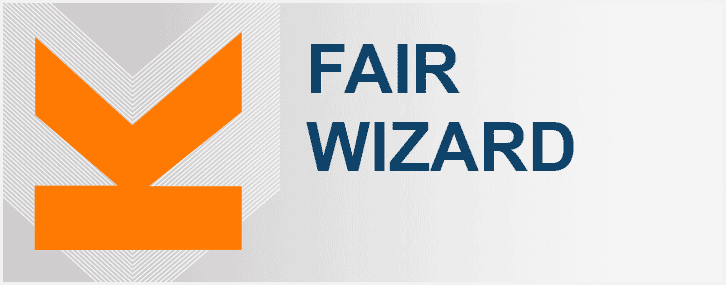Publication activity
Open Access
Open Access is defined as permanent and free online access to documents (particularly full texts) for all users. This status includes free and unlimited reading, downloading, copying, sharing, saving, printing, searching and hypertext connection.
On the 14th of September 2010, the Academic Council of the Czech Academy of Sciences adopted the Open Access Policy of the CAS.
Open data
- Open access publishing and data sharing, which provides immediate, free, permanent and unrestricted access to scientific results, is increasingly supported by scientific institutions and funders worldwide.
- Data sharing according to FAIR Data principles does not mean automatic data opening. The aim is to follow the principle of “as open as possible, as closed as necessary“.
- The Library of the Czech Academy of Sciences offers authors to store their data in an ASEP data repository that is compatible with the FAIR principles. Persistent identifiers handle and DOI are assigned to the deposited records. Records are published under a Creative Commons license.
OpenAIRE
OpenAIRE (Open Access Infrastructure for Research in Europe) is a project that is dedicated to building infrastructure and support for open access to the results (peer-reviewed research articles) of European Union (Horizon Europe) and Horizon 2020 funded scientific projects. Records from the ASEP Repository are regularly harvested into OpenAIRE.
Evidence of Publication Activity of the Czech Academy of Sciences (ASEP Repository)
- The ASEP database contains bibliographic results of scientific research in the institutes of the Czech Academy of Sciences since 1993. Since 2012, the full texts of documents have been deposited with the bibliographic records; since 2018, it has been possible to deposit described data files (metadata + datasets). The bibliographic and dataset records are stored in the Advanced Rapid Library (ARL) system of COSMOTRON in the „Evidence of Publication Activity (EPCA)“ module, a repository was created for full texts and datasets within ARL.
- The data are publicly accessible via the online catalogue ASEP Repository (since 2005), or the web application ASEP Analytics (since 2009) which can be used to display bibliographic summaries and graphical outputs of institutes, departments, and particular researchers.
Publication activity of the Library of the Czech Academy of Sciences
- The Czech Academy of Sciences Library publishes specialized publications, journals, bibliographies, and analytic registers of old prints from its collections. The staff of the Czech Academy of Sciences Library also contributes specialist articles to Czech and foreign journals and monographs.
- Information – the bulletin of the Czech Academy of Sciences Library (in electronic form, in Czech only)
An informational bulletin is issued to meet the needs of the libraries and scientific information centres of the Academy of Sciences of the Czech Republic. It provides organisational information and an overview of items of interest in the area of library and information services from the Czech Republic and abroad. It has been issued in electronic form only since 2011.- Knihy a dějiny (Books and History – content and resume in electronic form, in Czech only)
A journal focusing on the history of books, typography and libraries in the Czech Lands up to the middle of the 19th century .An overview of journals issued at the Academy of Sciences of the Czech Republic
Where to publish
A good choice of journal for publication is essential. The title should be credible. It is necessary to avoid disreputable/predatory journals that do not follow the ethical principles of publishing (publishing ethics).
Predatory journals
The main goal of the predatory publishers is easy profits. Predatory journals are primarily established to collect royalties, and their publishers do not respect the ethical principles of publishing (publishing ethics). Articles do not go through a quality peer review process, the professional level is low. There are not only predatory journals but also publishers, conferences, proceedings, and books.
The line between a predatory journal and a lower-quality journal is unclear. Modern forms of predation are becoming more prevalent – journals no longer have the formal characteristics of predation, or an initially high-quality journal changes – publishes more articles – it publishes a larger number of articles, often in special issues. Predatory journals usually have titles very similar to reputable journals, some give false indicators – a different impact factor than from the Journal Citation Reports database. They often actively approach scientists with requests for articles, and participation in conferences.
Choosing a quality journal to publish in is important because publishing in a predatory journal is not considered as a valid output. Results already published in a poor quality title cannot be reused for serious publication.







